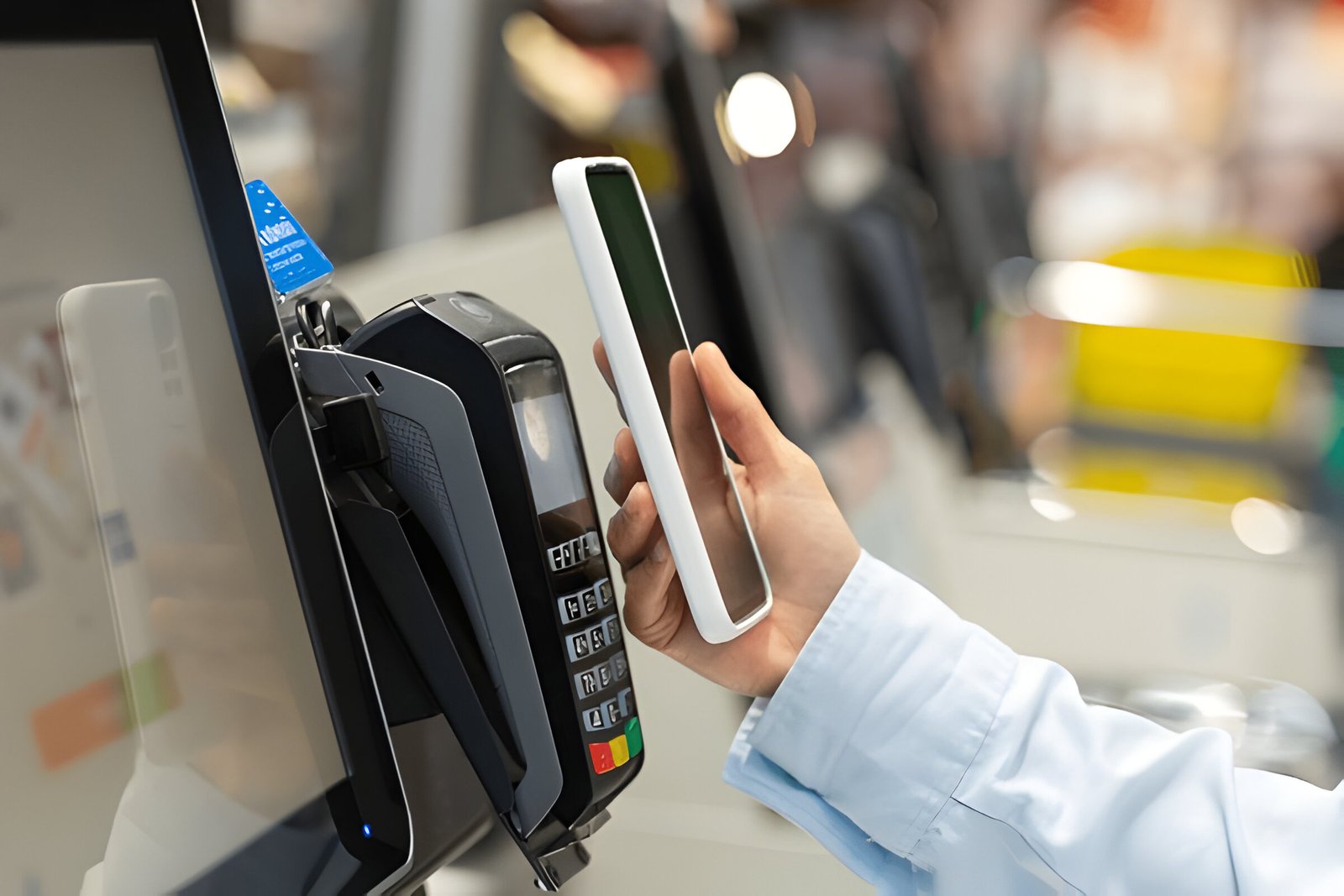Cash App has become a popular digital payment platform, offering users a convenient way to manage their finances. One of its key features is the Cash App Card, which allows users to access their funds for everyday purchases. Many people wonder how to put cash on Cash App Card as it’s essential for making the most of this versatile tool. Understanding the process can help users maximize the benefits of their Cash App account and enjoy seamless transactions.
This guide will explore two primary methods to add money to a Cash App Card. First, it will explain how to transfer funds through a bank account, a straightforward process that can be completed within the app. Then, it will detail the steps to deposit cash at various retail locations, providing flexibility for users who prefer handling physical currency. By the end, readers will have a clear understanding of how to add cash to their Cash App Card, enabling them to use their card confidently for purchases and withdrawals.
Table of Contents
ToggleAdding Cash through Bank Transfer
Linking Your Bank Account
To add cash to a Cash App Card through bank transfer, users must first link their bank account. This process involves tapping the Profile Icon on the Cash App home screen, selecting Linked Banks, and then tapping Link Bank. Users should follow the prompts to complete the linking process. If a bank account is already linked, users can modify or replace it by selecting the account they want to change and following the on-screen instructions.
Steps to Transfer Money
Once a bank account is linked, transferring money to Cash App is straightforward. Users should open the Cash App and tap the Money tab on the home screen. Next, they should press Add Money, choose the desired amount, and tap Add. To confirm the transaction, users will need to use Touch ID or enter their PIN. This process allows for a swift and effortless bank transfer, streamlining the addition of funds to the Cash App balance.
Transfer Limits and Fees
Cash App imposes transfer limits that vary based on account verification status. Unverified accounts can send and receive up to $1,000 within a 30-day period. Verified users, who have provided their full name, date of birth, and Social Security Number, enjoy higher limits. These limits can range from $2,000 to $7,500 daily, $5,000 to $20,000 weekly, and $10,000 to $50,000 monthly. To increase limits, users should verify their identity through the app. Cash App may request additional information if verification is unsuccessful.
Also Read:How to find lost AirPods that are offline and dead
Depositing Cash at Retail Locations
Finding Participating Stores
Cash App users can now deposit paper money at thousands of participating stores across the United States. Popular retailers like Walmart, Walgreens, 7-Eleven, Family Dollar, and Rite Aid support this feature. To find a nearby location, users should tap the bank icon in the app, select “Paper Money,” and enable location services. The app will display a map with participating stores, allowing users to search for addresses or find the closest location.
Using the Paper Money Feature
To use this feature, users should navigate to the Banking tab and select “Paper Money.” After choosing a store, they can tap “Show Barcode” to generate a unique code for their transaction. At the store, users should inform the cashier they want to load funds to Cash App using the barcode. If the cashier needs assistance, instructions are available within the app.
Deposit Process and Fees
Users can deposit up to $1,000 every 7 days and $4,000 over 30 days. For deposits exceeding $500, multiple transactions with different barcodes are required. Cash App charges a flat $1 processing fee for each paper money deposit, which is automatically deducted from the deposited amount. Some merchants may require ID verification for the deposit process.
Conclusion
Adding money to your Cash App Card is now easier than ever, with options to suit different preferences. Bank transfers offer a quick and convenient method to load funds, while cash deposits at retail locations provide flexibility for those who prefer handling physical currency. These options have a significant impact on the accessibility and versatility of the Cash App platform, making it a practical choice for managing daily finances.
To make the most of your Cash App Card, it’s crucial to understand the process and limitations for each method. By familiarizing yourself with transfer limits, fees, and the steps to add money, you can use your Cash App Card confidently for purchases and withdrawals. This knowledge empowers users to take full advantage of the Cash App ecosystem, streamlining their financial transactions in today’s fast-paced digital world.
Also Read:How to find lost AirPods that are offline and dead
FAQs
1. How can I add cash to my Cash App card?
To load cash onto your Cash App card, visit a participating retail store and inform the cashier that you wish to add funds to your Cash App. Provide them with your barcode for scanning, which can be found in your Cash App by tapping the “?” on your map. After the cashier scans your barcode, simply hand over the amount of cash you want to deposit.
2. What is the process for adding cash to a Cash App card in 2024?
As of the latest update, the process to add cash to a Cash App card in 2024 remains the same. You will need to visit a participating retailer, use the barcode from your Cash App, and have the cashier scan it to deposit the cash.
3. Is it possible to deposit money into a Cash App card at an ATM?
Currently, you cannot deposit money into a Cash App card at an ATM. Funds can only be added at participating retail locations.
4. How do I load cash onto my Cash App card at Walgreens?
To add cash to your Cash App card at Walgreens, go to the cashier and let them know you want to deposit cash into your Cash App. Show them the barcode from your Cash App, which they will need to scan. After the barcode is scanned, give the cashier the cash you wish to deposit.
Also Read:How to find lost AirPods that are offline and dead




